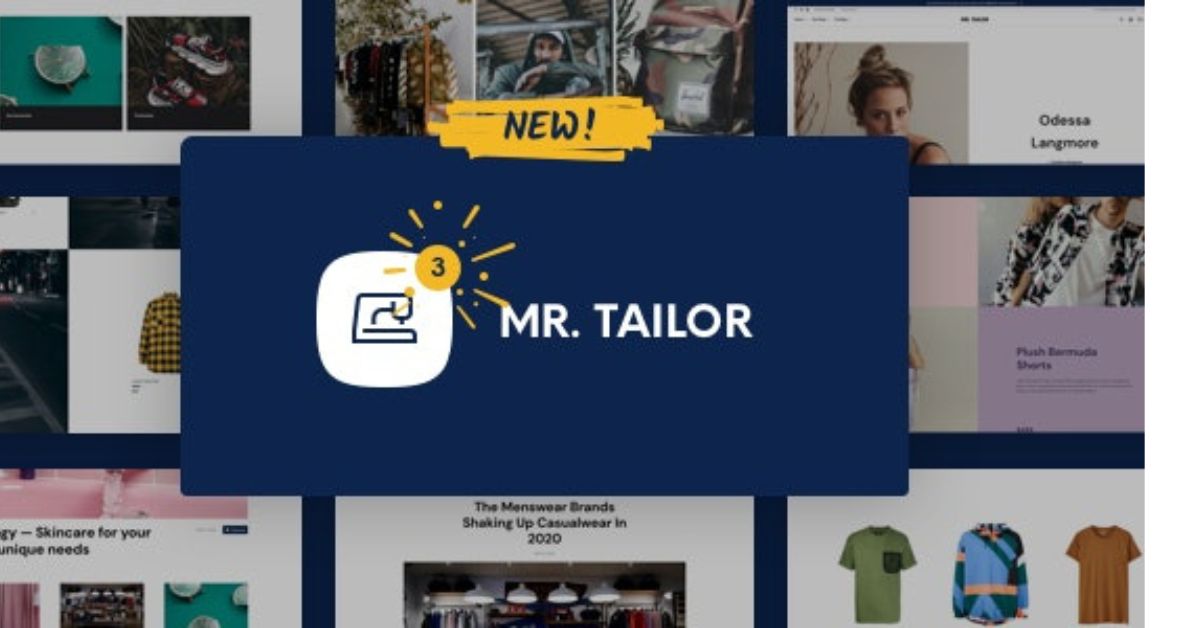The Ins and Outs of Today's Top Web Design Trends
Stay ahead with the latest web design trends. From minimalism to interactive elements, explore the key aspects shaping modern website design. Upgrade your website now!
Web design trends are constantly evolving, driven by technological advancements, changing user preferences, and the need for improved user experiences.
As the digital era progresses, it becomes increasingly important for web designers and developers to keep up with current trends to produce innovative and engaging websites.
In this article, we'll explore the current web design trends that are "in" and identify those that are becoming "out."
What's In:
1. Dark Mode:
In recent years, dark mode's popularity has skyrocketed. It's especially helpful for smartphones with OLED displays in that it lessens the strain on your eyes and keeps the battery from draining too quickly. Many popular websites and apps now offer a dark mode option to cater to user preferences.
2. Neumorphism:
Neumorphism, a blend of skeuomorphism and flat design, is making waves in the web design community. It involves creating elements that appear to be slightly raised from the background, providing a soft and immersive visual experience. However, it's important to use neomorphic subtly to avoid overwhelming the user with excessive depth and shadows.
3. Microinteractions:
Microinteractions are subtle animations or interactions that occur in response to user actions. They add a touch of interactivity and delight to the user experience. From button hovers to loading animations, micro-interactions enhance user engagement and provide feedback on their interactions with the website. You can view animations like these throughout Crystaylor Creative’s website, which is filled with subtle animations throughout.
4. 3D and Immersive Elements:
Advancements in web technologies now allow for the integration of 3D elements and immersive experiences. Whether it's 3D graphics, interactive models, or virtual reality elements, they can elevate storytelling and user engagement, particularly for brands in gaming, e-commerce, and entertainment industries.
Asymmetrical Layouts:
Breaking away from traditional grid-based designs, asymmetrical layouts offer a unique and dynamic visual appeal. These layouts create a sense of depth and movement, making the website stand out and capture visitors' attention.
What's Out:
1. Excessive Stock Photos:
Generic stock photos that lack authenticity and fail to reflect a brand's identity are becoming less popular. Instead, businesses are opting for original, high-quality images that resonate with their target audience and convey a sense of genuineness.
2. Overwhelming Animations:
While animations and transitions can enhance user experience, overly complex and lengthy animations can slow down the website and frustrate users. Subtle and purposeful animations are now favored over excessive and flashy ones.
3. Flash Player:
With the rise of HTML5 and its superior capabilities, Flash Player has become obsolete. Most major web browsers no longer support Flash, and websites that still rely on it for multimedia content should transition to modern alternatives.
4. Cookie Consent Pop-ups:
Cookie consent pop-ups have been a common sight on the web due to GDPR and other privacy regulations. However, users are becoming increasingly tired of them. Websites should explore less intrusive ways of obtaining user consent for data collection and cookies.
5. Complex User Interfaces (UI):
Simplicity and ease of use are now prioritized over complex and convoluted user interfaces. Websites with cluttered UIs that confuse users are being replaced by streamlined and intuitive designs.
Bottom Line:
Web design trends are ever-changing, and designers must strike a balance between adopting the latest innovations and ensuring a positive user experience.
Implementing the "in" trends can make your website feel fresh and contemporary while leaving behind the "out" trends will help you create a more user-friendly and future-proof design.
Remember that user feedback and behavior should guide your design decisions, ensuring that your website remains relevant and appealing to your target audience.

Subscribe & get all related Blog notification.





Post your comment